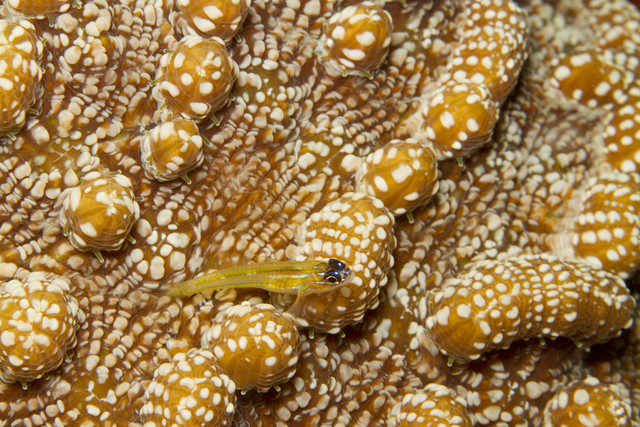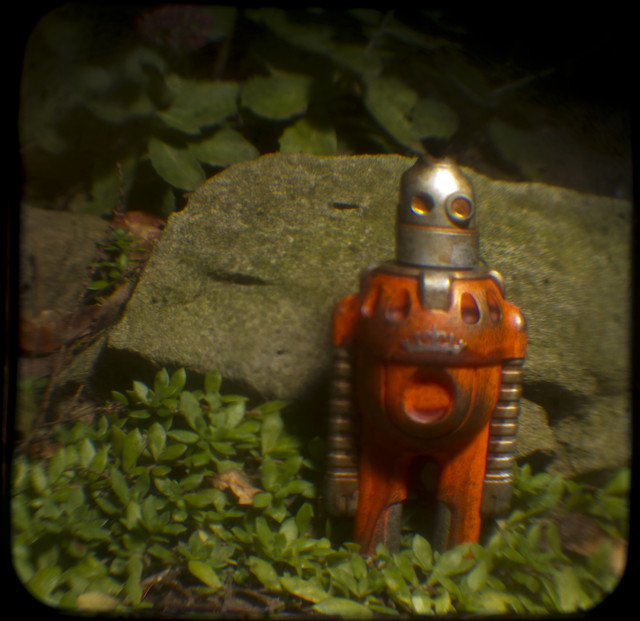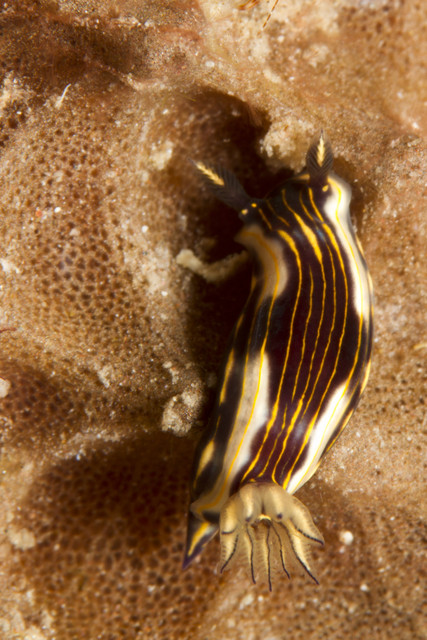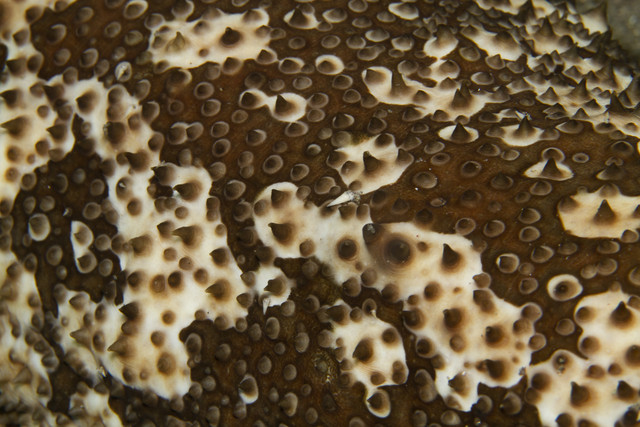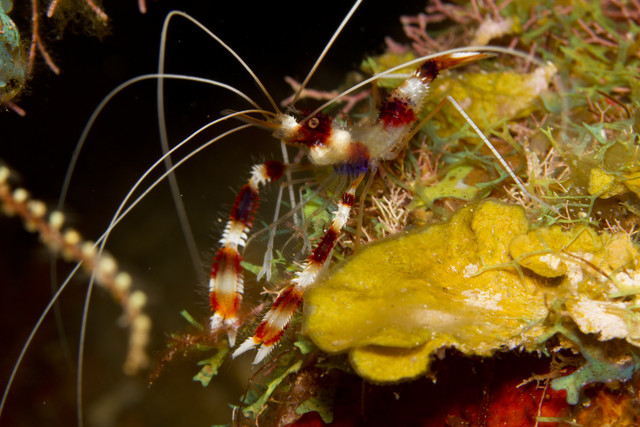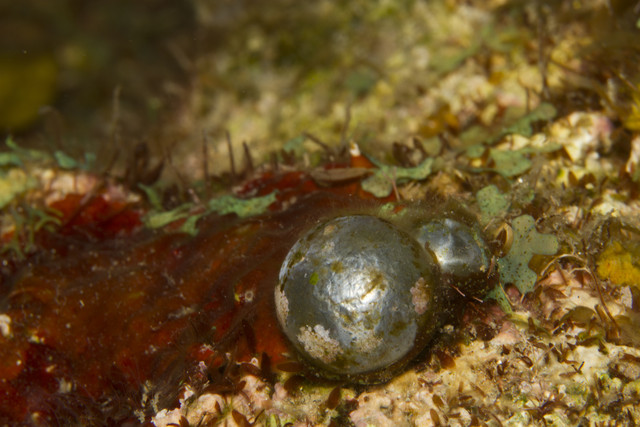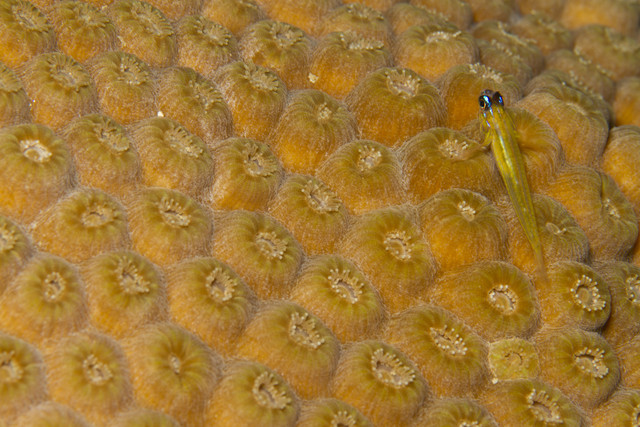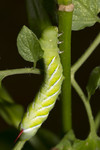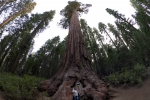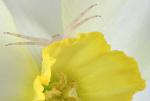macro
Sea Shell and Light Sources
ktuli — Thu, 12/01/2011 - 19:08
When taking photos, the source of your light makes all the difference. Today, I have a dramatic example to illustrate this fact.
I took these photos for an exercise for a photography class. The assignment had nothing to do with lighting, but as I was playing around with this subject, I figured I'd try some different things. The shell is pretty thin walled, so I took one shot with the light source just the lights in our light tent, then took another with a small LED light illuminating the inside of the shell.
The results are kind of interesting.
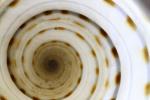 Internal lighting for 5.2 seconds |
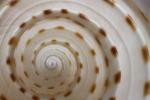 Regular lighting for 1/4 second |
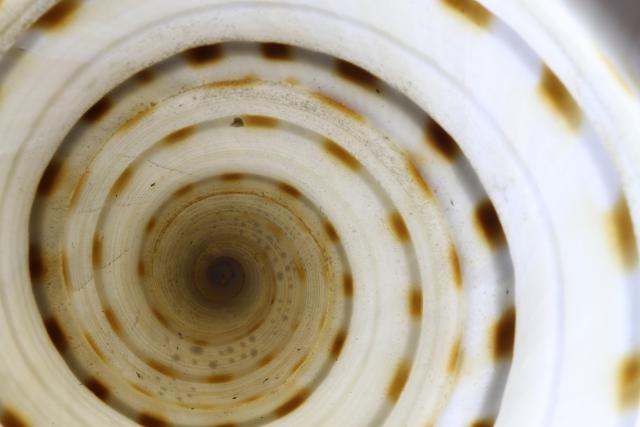 |
|
Technical Data: Canon EOS 7D, Canon EF 100mm f/2.8L Macro IS USM, 5.2 and 1/4 sec respectively at f/18.2. ISO 200.
Same exact subject, just slightly different settings and different lighting - it is amazing what little changes can make to a photograph. Which means you have to be able to visualize those kinds of things to be able to produce multiple images when given certain situations.
- Bill
Caribbean Explorer: Patterns of the Reef (part 4)
ktuli — Wed, 11/30/2011 - 16:40
Another in my Patterns of the Reef series. Like the second in the series, this one also features a Peppermint Goby (Coryphopterus lipernes), but this time it is sitting on what I believe is some Knobby Cactus Coral (Mycetophyllia aliciae).
Technical Data: Canon EOS 7D, Canon EF 100mm f/2.8L Macro IS USM, 1/120th sec at f/16. Image Stabilization on. ISO 100. Ikelite Housing and Port with Ikelite 161 Strobe in TTL Mode. Raw conversion in Photoshop CS5.
Like I've said, these patterns are just everywhere on the reef.
- Bill
TTV: Cris Rose Ruckus Robots (part 2)
ktuli — Tue, 11/29/2011 - 17:34
I provided a teaser for this set of photos over a month ago, ad realized I have a couple more to share, so here's another...
Technical Data: Canon EOS 7D TTV Argus Seventy-Five, Tokina AT-X M35 Pro DX AF 35mm f/2.8 Macro 1:1, 1/15 sec at f/9. Canon Speedlight 580EX II flash in auto mode and wireless control. ISO 100. RAW processing in Adobe Camera Raw.
This particular shot is a bit dark, but I really feel that the TTV treatment works well with these vintage looking robots. I know this isn't perfect, but I think it stands as and example of the potential that a little subject like this carries.
- Bill
Caribbean Explorer: Gold-Lined Sea Goddess
ktuli — Sun, 11/27/2011 - 15:40
We didn't get to see as many different species of nudibranchs as we did in Wakatobi, so this is the last species I get to share from this most recent trip.
This is a Gold-Lined Sea Goddess (Hypselodoris ruthae). They are a very small nudibranch, only growing to about half an inch in size, and were only visible at night (yeah - when the sharks were bumping into us).
They aren't the flashiest of nudibranchs, but their small size certainly made them a fun one to find on the dives.
Technical Data: Canon EOS 7D, Canon EF 100mm f/2.8L Macro IS USM, 1/120th sec at f/16. Image Stabilization on. ISO 200. Ikelite Housing and Port with Ikelite 161 Strobe in TTL Mode. Raw conversion and cropped in Photoshop CS5.
If you happened to have missed them, go check out the Purple-Crowned Sea Goddess, Lettuce Sea Slug (and more), and Long-Horn Nudibranch.
- Bill
Revisiting the Skull-Faced Jumping Spider
ktuli — Sun, 11/20/2011 - 16:58
I realized recently that I haven't posted any spider shots in a while, and that I never got back to sharing more shots of this jumping spider. So, without any further ado, here you go.
 |
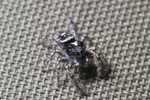 |
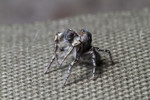 |
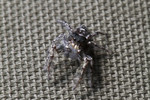 |
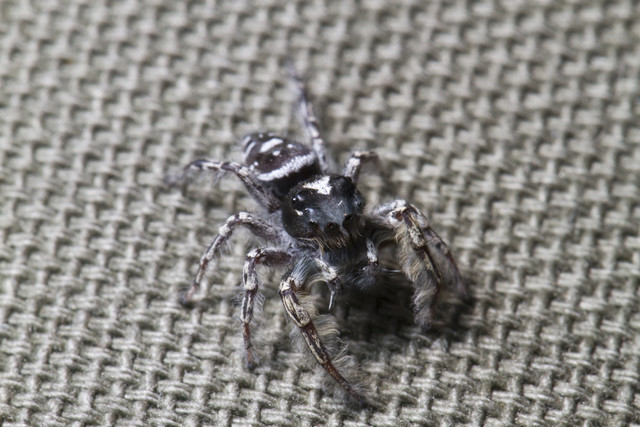 |
|||
Technical Data: Canon EOS 7D, Canon EF 100mm f/2.8L Macro IS USM (first shot with Kenko Teleplus PRO 300 "DG" AF 2x Teleconverter), 1/250 sec at f/16. Canon Speedlight 580EX II flash in auto mode and wireless control. Image Stabilization on. ISO 160. RAW processing in Adobe Camera Raw.
Such a cool little spider.
- Bill
Caribbean Explorer: Patterns of the Reef (part 3)
ktuli — Wed, 11/16/2011 - 20:40
Another installment in my Patterns of the Reef series.
Technical Data: Canon EOS 7D, Canon EF 100mm f/2.8L Macro IS USM, 1/120th sec at f/16. Image Stabilization on. ISO 100. Ikelite Housing and Port with Ikelite 161 Strobe in TTL Mode. Raw conversion in Photoshop CS5.
The subject is a close-up of a Furry Sea Cucumber (Astichopus multifidus). I have no clue where they get the furry name, but whatever works...
- Bill
Caribbean Explorer: Another Banded Coral Shrimp
ktuli — Tue, 11/15/2011 - 19:03
I know I've already shared a shot of a Banded Coral Shrimp (Steopus hispidus), but I figured I'd share another since this one gives a bit better of an angle to see the details on the shrimp...
Technical Data: Canon EOS 7D, Canon EF 100mm f/2.8L Macro IS USM, 1/120th sec at f/16. Image Stabilization on. ISO 200. Ikelite Housing and Port with Ikelite 161 Strobe in TTL Mode. Raw conversion in Photoshop CS5.
- Bill
Caribbean Explorer: Smooth Trunkfish
ktuli — Sun, 11/13/2011 - 19:40
Ok - these little fish I have to share today are actually all juveniles (the one on the far right is a sub-adult) and range in size from about 1-2.5 inches (adults get to about 12 inches).
We called them Dice Fish, but they are Smooth Trunkfish (Lactophrys triqueter) in a post-larval stage.
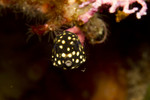 |
 |
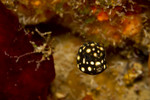 |
 |
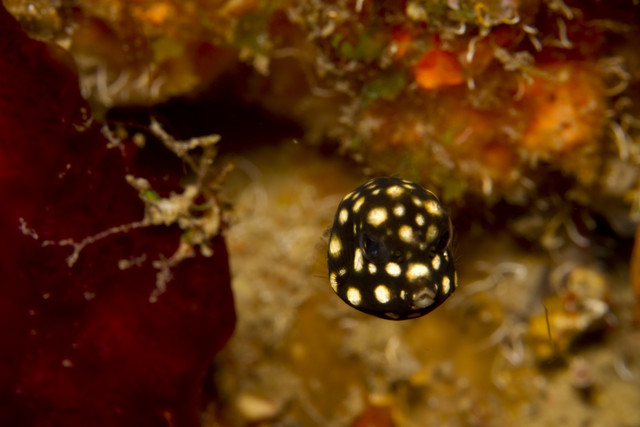 |
|||
Technical Data: Canon EOS 7D, Canon EF 100mm f/2.8L Macro IS USM, 1/120th sec at f/16. Image Stabilization on. ISO 100 or 200. Ikelite Housing and Port with Ikelite 161 Strobe in TTL Mode. Raw conversion in Photoshop CS5.
It should be pretty obvious why we called them Dice Fish. They are just fun to watch as they swim around - barely able to move with no real developed tail fin at this stage. They often just rotate in place.... and that funny little face - so funny!
- Bill
Caribbean Explorer: Sea Pearls
ktuli — Thu, 11/10/2011 - 19:10
We saw several Sea Pearls (Ventricaria ventricosa) when we were in Indonesia, and again on this trip in the Caribbean.
As it turns out, they are an algae (oddly enough, they are usually encrusted with a lavender crust algae). But what makes them interesting to me is the fact that they are a single cell organism. So those shimmering blobs of algae you see in the photo below are actually two individual cells! They can grow to over 2 inches in diameter, and the larger one here was probably in that size range. They are among the largest single celled organisms known.
Technical Data: Canon EOS 7D, Canon EF 100mm f/2.8L Macro IS USM, 1/120th sec at f/16. Image Stabilization on. ISO 100. Ikelite Housing and Port with Ikelite 161 Strobe in TTL Mode. Raw conversion in Photoshop CS5.
Learn something new every day...
- Bill
Caribbean Explorer: Patterns of the Reef (part 2)
ktuli — Tue, 11/08/2011 - 17:25
Another installment of the Patterns of the Reef series today.
Technical Data: Canon EOS 7D, Canon EF 100mm f/2.8L Macro IS USM, 1/120th sec at f/16. Image Stabilization on. ISO 100. Ikelite Housing and Port with Ikelite 161 Strobe in TTL Mode. Raw conversion in Photoshop CS5.
This subject should obviously be a lot more identifiable with the small fish on the coral. The fish is a Peppermint Goby (Coryphopterus lipernes) sitting on some Great Star Coral (Montastraea cavernosa).
Probably not as strong as the first example, but still a fun exercise.
- Bill

